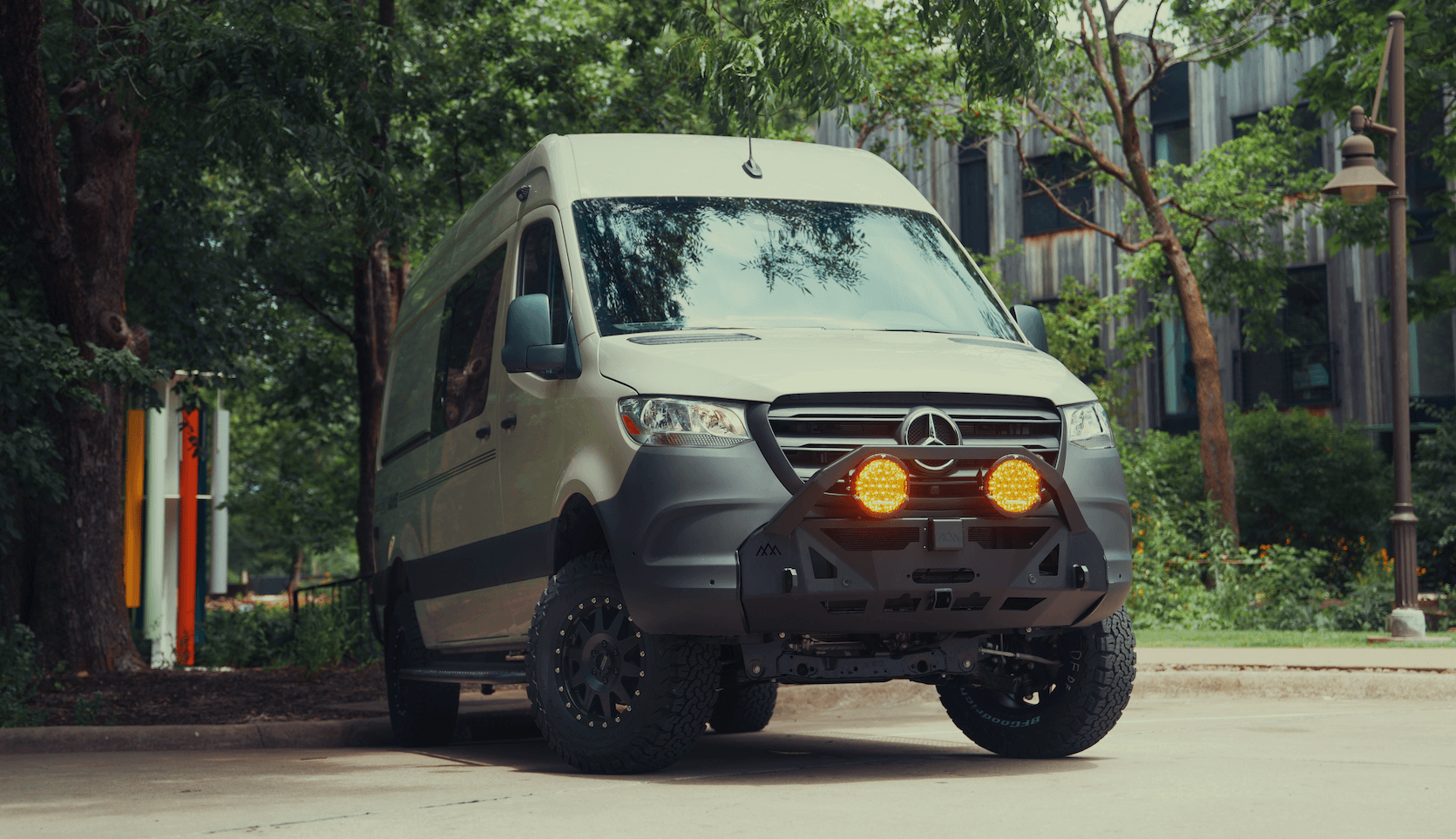Recreational Vans

Climate controlled van storage keeps your vehicle in a steady environment so materials do not expand, crack, or corrode. Interiors blend vinyl, leather, foam, wood, adhesives, and fabrics that react differently when heat and moisture swing. Electronics and battery systems prefer narrow operating ranges, and condensation can form inside housings when temperatures drop quickly after a warm day.
Temperature controlled vehicle storage aims for a middle ground that protects both exterior coatings and interior components while keeping batteries healthier over time.
An indoor van storage target of roughly 55 to 70 degrees Fahrenheit with relative humidity near 40 to 50 percent helps most camper interiors and electronics. This range reduces mold risk while avoiding excessive dryness that can fatigue seals and trim. Stable airflow and filtered circulation further limit dust, which is abrasive on sliders, drawer hardware, and fan bearings.
Without climate control, seasonal heat can fade paint, fog gauge lenses, and stress adhesives around windows or roof accessories. Cold snaps can flatten tires, separate laminate edges, and create moisture inside wall cavities as warm daytime air cools overnight. These cycles compound and often show up as rattles, squeaks, or soft spots later in the season.
Coastal regions battle salty moisture, so humidity controlled storage is critical. In the mountain west, large swings between day and night can cause frequent condensation events without indoor regulation. In humid summers, even a short storage interval can trigger mildew in soft goods unless the space is kept dry and air is circulated.
Not every indoor building is equal. A proper temperature controlled facility uses insulated walls and roofs, sealed doors, and reliable heating and cooling with dehumidification. Look for digital monitoring with visible temperature and humidity readouts so you can verify stability.
Security is part of the equation. Controlled access, cameras, and clean floors protect both the vehicle and its equipment. For vans with solar, battery management matters. A quality smart charger or DC system maintenance mode keeps lithium or AGM chemistries within ideal states of charge while the climate controlled environment prevents temperature related battery stress.
Proper prep makes the most of the environment. Think of it as a short checklist that prevents slow, hidden wear.
A brief inspection list on entry and exit helps catch small issues. Note tire pressures, battery state, and any interior moisture. If you store recovery gear, helmets, or riding equipment inside the van, use breathable bags so any trace moisture can escape in the dry air.
Strong climate control is still not a substitute for good housekeeping. A clean, dry van remains easier to recommission, and seals, slides, and latches will thank you when it is time to head out again.
For lithium systems, follow the manufacturer’s storage state of charge, often around half full, unless your battery management system specifies otherwise. For AGM, a maintenance charge floats cells safely. Turn off inverters and high draw devices, and verify that any tracking or alarm equipment has a dedicated low draw power plan.
Remove damp towels, bedding, and floor mats. Crack cabinet doors slightly to equalize air on both sides of wood panels, which reduces warping. If you store cooking gear or pantry items inside, use sealed containers and label bins for a quick load out when you return.
Check on the van monthly. Confirm climate readings, glance at tire sidewalls, review charger status, and scan for any unusual odors. A five minute walk around prevents surprises on pickup day.
OZK Customs builds and prepares adventure vans that ride out storage gracefully. Our layouts and finish choices consider heat, humidity, and long term durability, so systems wake up cleanly when the travel window opens again.
Get expert guidance in Fayetteville, Arkansas on storage prep, service, and upgrades that match how and where you travel.
Strong next steps:
Want climate smart storage prep, system upgrades, or a new build engineered for seasons of use and months of rest? Connect with OZK Customs in Fayetteville, Arkansas for a quick consult and a clear plan tailored to your van.
Ready to store or upgrade your van the right way? Talk with OZK Customs in Fayetteville, Arkansas about secure indoor storage guidance and build prep, from power systems to winterization. Start with a quick consult and get a plan tailored to your rig.
ADDRESS:
6159 E Huntsville Rd, Fayetteville, AR 72701
PHONE:
(479) 326-9200
EMAIL:
info@ozkvans.com